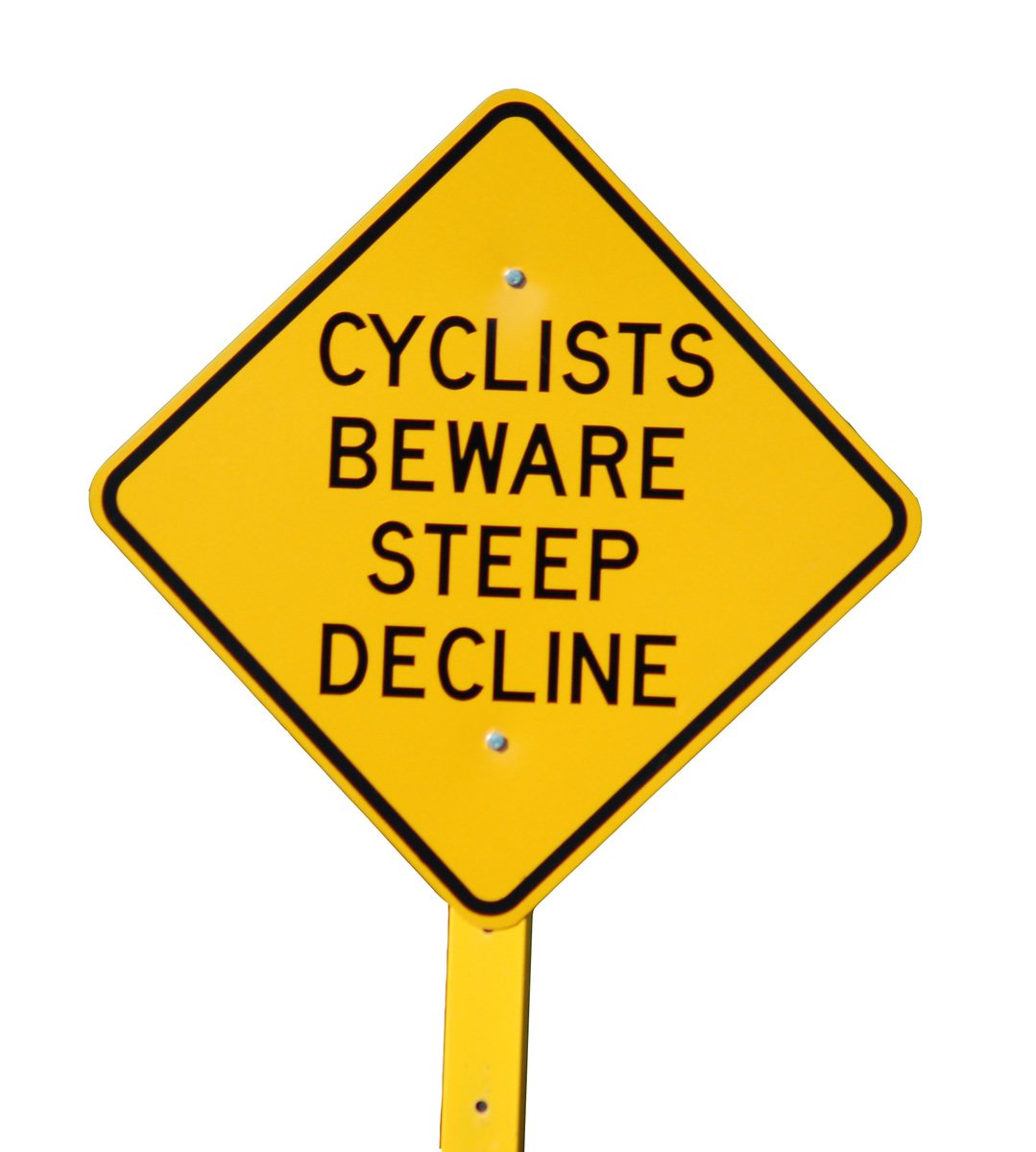The Patent Trial and Appeal Board (PTAB) is 'where it's at' these days (with occasional appeals to the Federal Circuit)

Summary: Patent disputes/conflicts are increasingly being settled outside the courts and patents that aren't really potent/eligible are being eliminated or never brought forth at all
THE patent microcosm is deep in denial these days, seeing the effect of
SCOTUS on the
USPTO and especially on courts.
Alice is a lot more powerful than
Bilski ever was and after
TC Heartland it is very difficult to reach judges in the Eastern District of Texas, the capital of patent trolls in the US. Another new case,
covered by Dennis Crouch some hours ago, went like this: "Team Worldwide (TWW) sued Wal-Mart in E.D. Texas for infringing its U.S. Pat. Nos. 9,211,018, 7,346,950, and 7,246,394 (air mattress products). Wal-Mart does not make the accused products but does sell them. The manufacturers (Intex, Coleman, and Bestway) are all contractually bound to indemnify Wal-Mart and intervened to defend their products. After intervening the manufacturers then demanded that the case be severed and transferred to their chosen districts (Intex to C.D. Cal; Coleman to N.D. Ill, and Bestway to Arizona). The district court refused — holding that the manufacturers had waived any objection to venue by intervening."
This is quite an exceptional case as patent aggressors and trolls still explore the 'terrain' just over a year after
TC Heartland.
Even Watchtroll generally admits the demise of patent litigation in the US, but it then focuses on Delaware (the
exception, not the norm) in order to make it seem like everything is great for the lawsuits 'industry'. Yesterday it
wrote this:
Legal data analytics provider Lex Machina recently published a post featuring data points regarding the filing of patent infringement cases in the year following the U.S. Supreme Court’s decision in TC Heartland v. Kraft Foods Group Brands. In that decision, the Court held that the patent venue statute (28 U.S.C. €§ 1400(b)) meant that domestic companies could only file patent infringement suits in the judicial district where they were incorporated. Lex Machina’s one-year data update shows that TC Heartland has toppled the Eastern District of Texas as the top forum for patent infringement filings among U.S. district courts. The decision has also affected the filing behaviors of high-volume plaintiffs (HVPs), or those entities filing 10 or more patent infringement cases in U.S. district courts within one calendar year.
The months following SCOTUS’ TC Heartland decision last May saw interesting developments regarding the patent venue statute and its application in U.S. district court. In Eastern Texas, In re: Cray, Judge Rodney Gilstrap created a four-part test for determining residence which was struck down months later on appeal to the Federal Circuit. Last November, the Federal Circuit issued a precedential decision which held that the TC Heartland ruling changed controlling law and can be applied retroactively, allowing defendants in patent infringement cases to file new motions to transfer venue even when such motions were previously denied.
What few of these people want to openly admit is that the lawsuits (or litigation) 'industry' is a dying breed. Or it's shrinking at least, making way for science and engineering at the expense of litigation/legal defense budgets.
We should openly stress that we are not against patents or against patent litigation. We just think that patent scope should be sensibly restricted and lawsuits filed only where/when the patents are solid. Frivolous lawsuits benefit (financially) nobody but the lawyers.
Here's a new
report about a seemingly amicable agreement over US patents (no need for a lawsuit either), involving
not software patents:
Global Graphics Software is licensing three patents covering inventions by Mitchell J. Bogart, the inventor and managing member of Rampage LLC.
The Company plans to utilize the methods alongside its own software solutions for inkjet and to pass on the benefits exclusively to its OEM customers.
The three patents are U.S. Patent Nos. 9,053,410, 9,734,440, and 9,278,566 which cover the Quantone™ processing methods of screening and compensation for multiple gray-level digital presses and automatic print head registration.
Imagine what the world would look like if
all deals were made this way, not based on abstract patents and not through courtroom battles.
⬆

